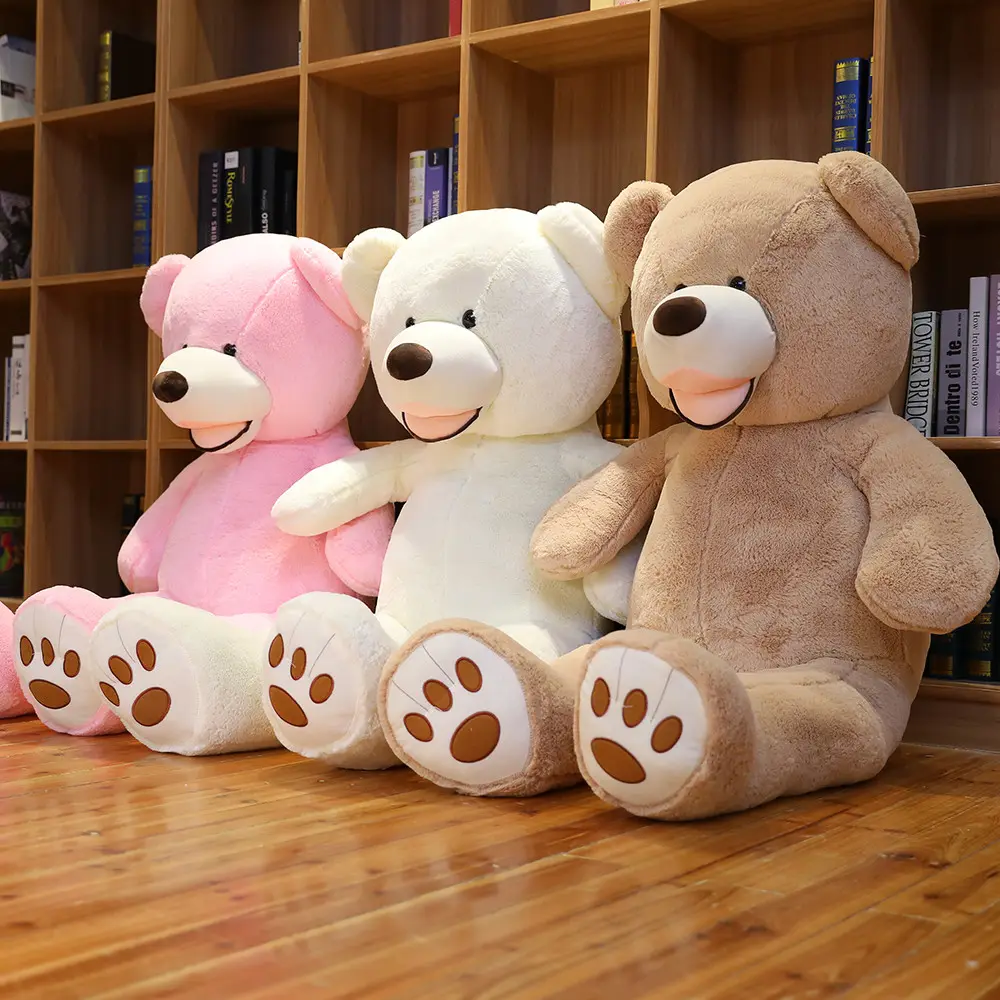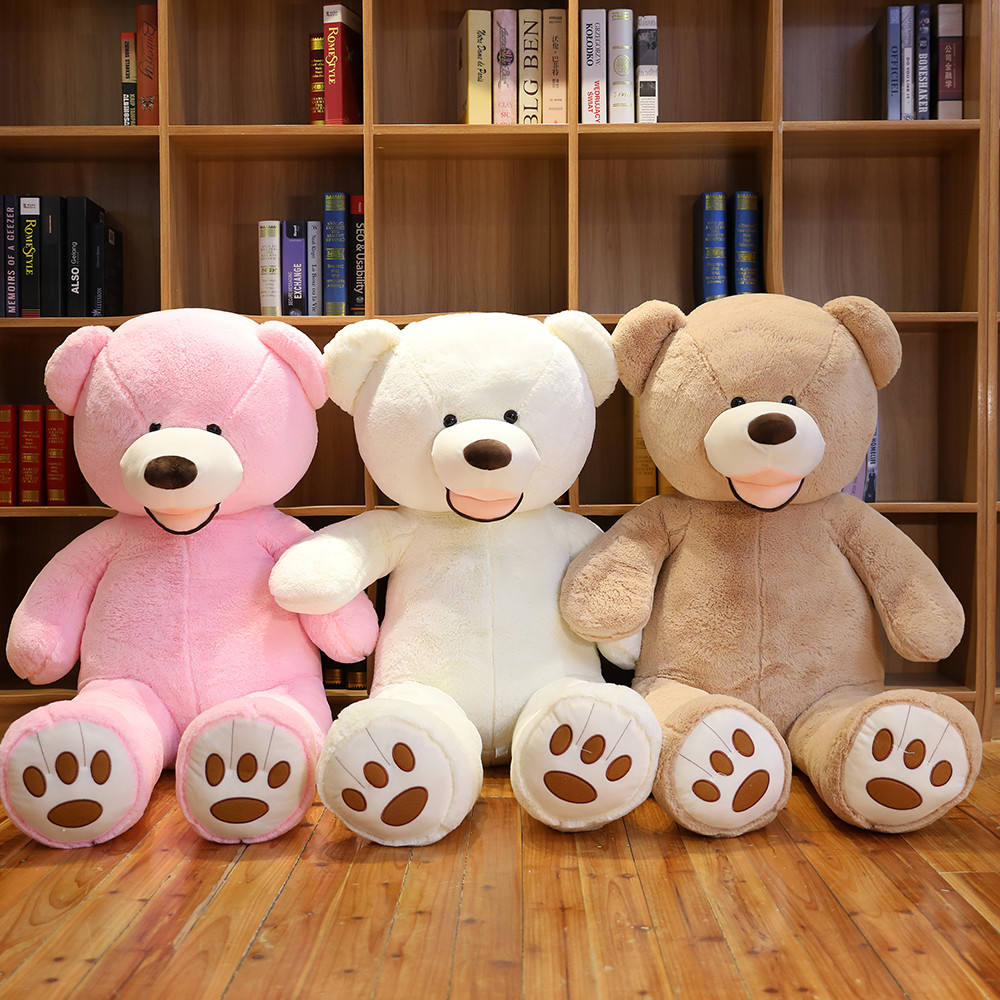Teddy bears are one of the most popular and beloved toys around the world. They are often associated with childhood and comfort, but they can also hold significant cultural and symbolic meanings. Here are some examples of what teddy bears represent in different cultures:
- United States: In the US, the teddy bear is a symbol of comfort and nostalgia. It is named after President Theodore “Teddy” Roosevelt, who refused to shoot a bear on a hunting trip, which inspired a toy maker to create a stuffed animal in its likeness. Today, teddy bears are often given as gifts to children and loved ones.
- Japan: In Japan, teddy bears are known as “kuma,” which means bear in Japanese. They are seen as a symbol of strength and resilience, as bears are known for their toughness and ability to survive in harsh conditions. In Japanese culture, it is common for people to carry a small teddy bear with them for good luck and protection.
- Germany: Germany is known for its tradition of making high-quality stuffed animals, including teddy bears. In German culture, teddy bears are seen as a symbol of innocence and childhood. They are often given as gifts to children on special occasions, such as birthdays and holidays.
- United Kingdom: In the UK, teddy bears are associated with royalty and sophistication. They are often seen as a symbol of wealth and luxury, and are frequently given as gifts to high-ranking officials and members of the royal family.
- Australia: In Australia, teddy bears are associated with the outback and the wilderness. They are seen as a symbol of adventure and exploration, and are often given as gifts to children who enjoy camping and outdoor activities.
Overall, teddy bears hold a special place in many cultures around the world. They can represent comfort, strength, innocence, luxury, and adventure, depending on the cultural context. Regardless of their symbolic meaning, teddy bears are loved by people of all ages and backgrounds, and will continue to be a cherished toy for generations to come.


